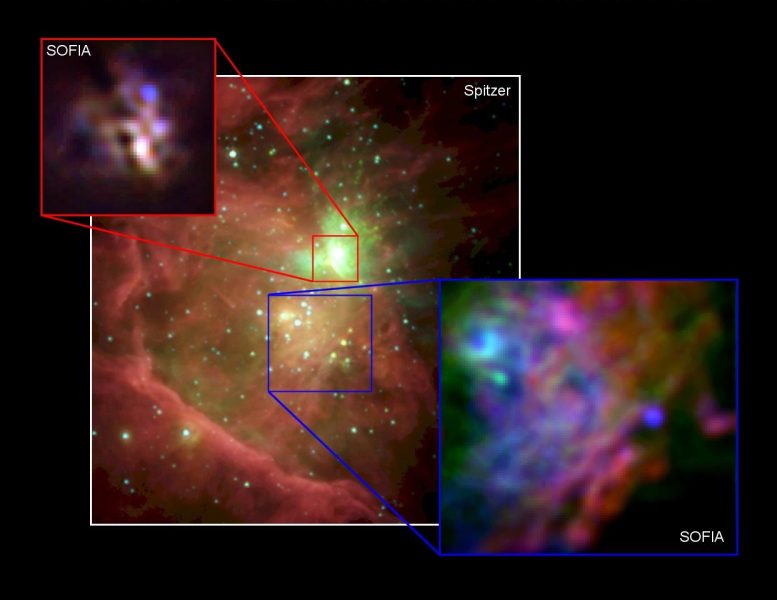
SOFIA/FORCAST mid-infrared images of the M42 star-forming region in Orion are shown as insets/overlays on a Spitzer near-infrared image. SOFIA image in the blue box: Blue, Green, and Red respectively symbolize infrared light with wavelengths of 20, 31, and 37 μm. SOFIA image in red box: B, G, R = 8, 20, and 37 μm. Background Spitzer image: B, G, R = 3.6, 4.5, and 7.9 μm. Credit: James De Buizer/NASA/DLR/USRA/DSI/FORCAST team; Spitzer: NASA/Caltech-JPL
It’s amazing to think that a NASA telescope mounted in a specially modified Boeing 747SP jet can look into the heart of a nebula where stars are being born, but that is the age we live in. Called SOFIA, NASA’s Stratospheric Observatory for Infrared Astronomy, took two photos of a star-forming region of the Orion nebula known as M42. The images show a complicated and beautiful distribution of stars and interstellar dust.
The photo shown above in the red box shows a blue source that shines brightly. That’s a massive protostar called the BN (Becklin-Neugebauer) Object. The blue, green and red colors are light coming mostly from cool interstellar dust and have wavelengths of 20, 31, and 37 microns, respectively.
In the blue box, you’ll see the Ney-Allen Nebula. This region has young solar-mass stars surrounded by dusty disks and could be a breeding ground for alien planets. Here you’ll find blue, green, and red that show infrared light with wavelengths of 8, 20, and 37 microns, from material as warm as 450 degrees Fahrenheit (232 degrees Celsius).
It’s amazing that we can now gather so much data without leaving our planet. The SOFIA airborne observatory uses a 17-ton reflecting telescope with an effective diameter of 8.3 feet (2.5 meters) and the aircraft flies as high as 45,000 feet (13,700 m).

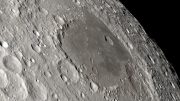
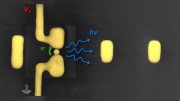



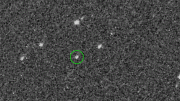
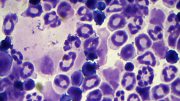
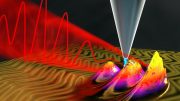
Be the first to comment on "SOFIA Looking Deep Into the Orion Nebula"